Xian Tours
Beijing Tours
China Tour Packages
About
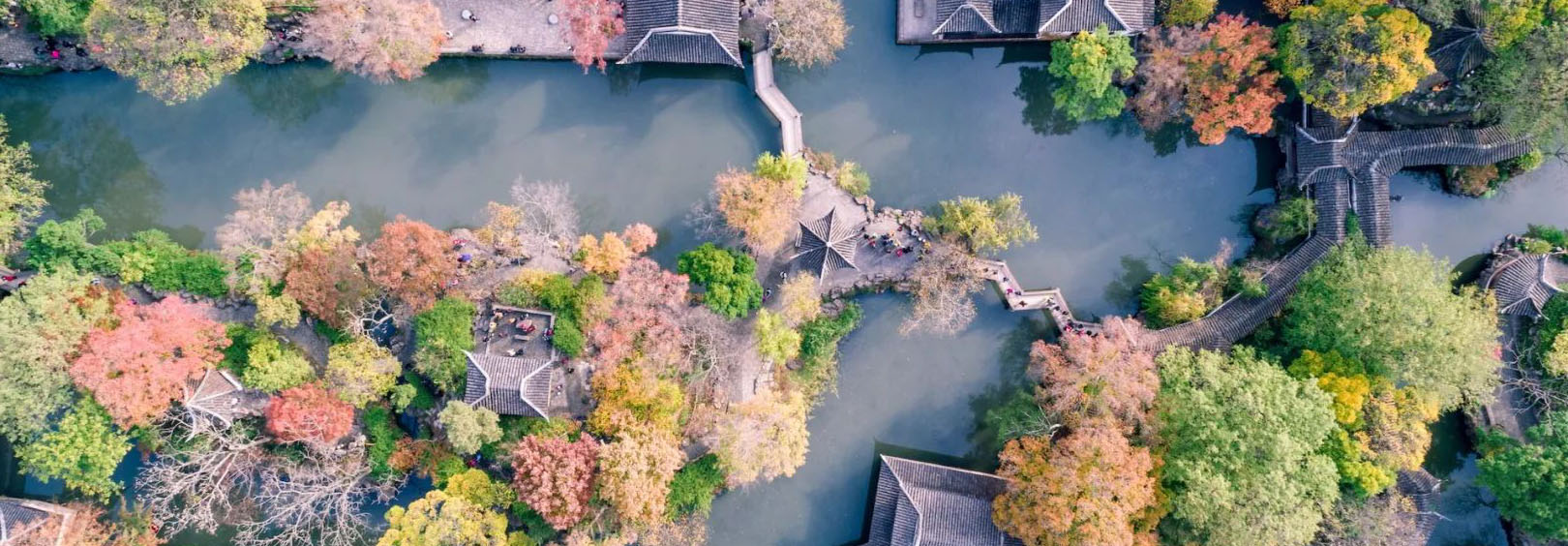
Humble Administrator's Garden, a representative of Jiangnan gardens, is the largest and most famous garden in Suzhou. It's also one of four classic gardens (others are Beijing Summer Palace, Chengde Summer Resort, and Suzhou Lingering Garden ) in China. The entire garden is composed of three parts: east, central, and west parts, in which the cendral part is the essence.
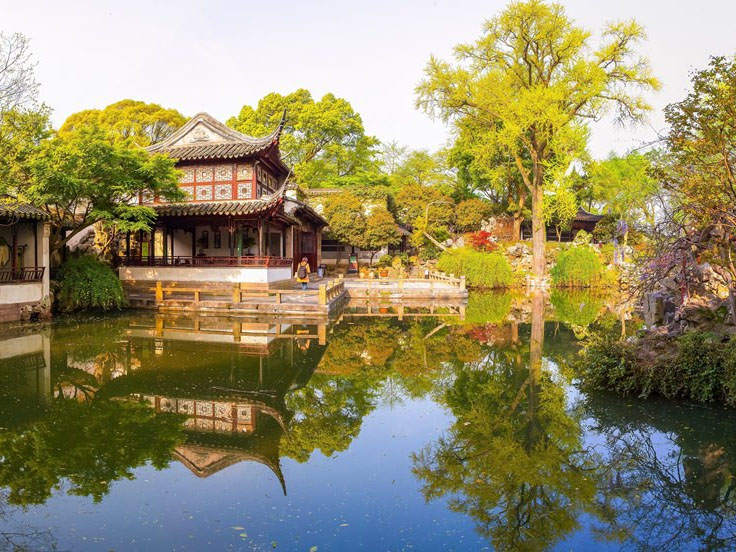
Born in an aristocratic family, Wang Xianchen was a prodigy at an early age. He was selected as a successful candidate during the highest imperial examinations at age 24. His career soared in the first five years. Once his work encroached on the interests of a powerful eunuch, Wang Xianchen was framed, beaten, and imprisoned. Then, he was dismissed to a small county in Fujian province.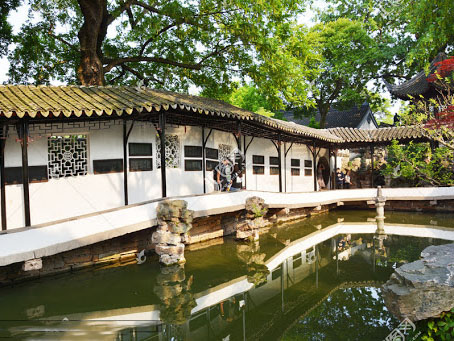
Wang Xianchen’s father proclaimed that he wouldn’t compromise his integrity to plead for his son. Therefore, Wang Xianchen’s career reached the lowest possible level. He continued to act on his discipline, which caused more hatred and jealousy. After several ups and downs, Wang Xianchen decided to resign.
At age 40, Wang Xianchen finally resigned and began to plan his garden. At the time, garden art was highly developed, and the garden building was very popular among scholars and ministers. Especially in Suzhou, abundant water resources, and exotic ornamental stones made the garden building easy. Therefore, Suzhou had many skilled gardening artisans. Wen Weiming, one of Wang Xianchen’s friends helped to design the Humble Administrator’s Garden.
In 1509, garden construction began. Unlike most of the existing gardens that collected strange flowers and stones, Wang Xianchen wanted his garden to be quiet and idyllic. Four elements, including rockery design, water layout, architecture, and plants, are particularly significant. The Humble Administrator’s Garden in the Ming dynasty integrated the last three elements. Rockery design was added in the Qing dynasty.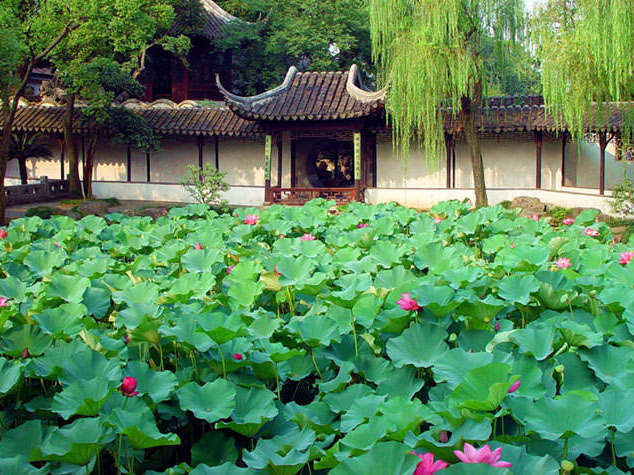
As the land Wang Xianchen chose already was already water-logged and the Suzhou was never short of rivers, the Humble Administrator’s Garden was themed with water to display a serene and reclusive atmosphere. The streams and ponds were built to flow; surrounding them were architectures and plants. In the center of the garden lies a spacious hall, which served as the living room. Fruits grew on the trees became a crucial source of income after Wang Xianchen’s resignation.
It’s said that the garden’s construction lasted for 16 years. Upon its completion, Wang Xianchen chose Zhuo Zheng (Humbler Administrator) as the garden’s name. On the one hand, he assimilated himself with the Western Jin Dynasty scholar Pan Yue, who referred to himself as a humble person who administrated and lived on building homes, planting trees, watering gardens, and selling vegetables. Wang Xianchen resorted to self-mockery to impose self-confinement.
 His son made the garden as the wager and lost it to the Xu family, who divided the garden into two parts. The eastern part was sold to Wang Xinyi in the late Ming dynasty, who transformed the section into a natural landscape. The rest of the garden was sold to Chen Zhilin in the Qing dynasty, who turned the part into a luxuriant architecture filled with flowers. Later, Chen Zhilin was dismissed to other places, and his garden was confiscated. The garden’s master changed several times, but its landscape barely changed.
His son made the garden as the wager and lost it to the Xu family, who divided the garden into two parts. The eastern part was sold to Wang Xinyi in the late Ming dynasty, who transformed the section into a natural landscape. The rest of the garden was sold to Chen Zhilin in the Qing dynasty, who turned the part into a luxuriant architecture filled with flowers. Later, Chen Zhilin was dismissed to other places, and his garden was confiscated. The garden’s master changed several times, but its landscape barely changed.Then, Wang Yongning, general Wu Sangui’s son-in-law, took residence here. He dug ditches, built buildings, and made carvings, significantly transforming the garden. With Wu Sangui’s defeat, Wang Yongning’s garden was once again confiscated.
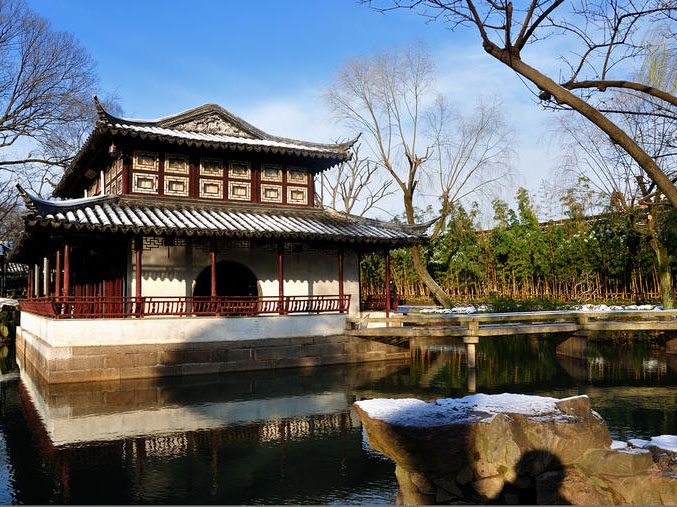
In 1860, King Zhong Li Xiucheng captured Suzhou; he integrated the three parts into one garden and expanded it, forming a big residential garden. He changed the initial Mengyin Tower into the Mountain in View Tower and made it his office. The tower is quite unique. It stands on the pond surrounded by water, leaving one end to connect the outside. Besides, the passage to the upper floor is hidden outside. Therefore, it’s hard to attack the tower, which makes it perfect for King Zhong’s office.
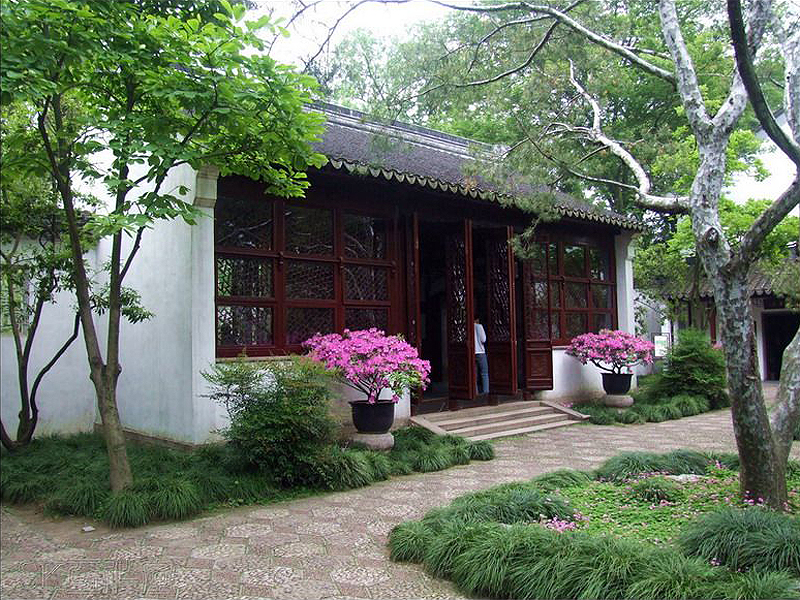
To invite more sunlight and frequent airflow, the buildings have raise cornices and meticulously pierced windows. Unlike the traditional Siheyuan, Suzhou gardens have various buildings to fit the surrounding scenery better, including pavilions, towers, corridors, and kiosks. The exterior eaves are diversified. There is a round ridge resting hill, single-eave resting hill, octagonal double - floor building, etc. In terms of inner eaves decoration, it's more about keeping harmony with the environment. Pines, bamboos, plums, Qin, chess, calligraphy works, and paintings are mainly used for decorative purposes.
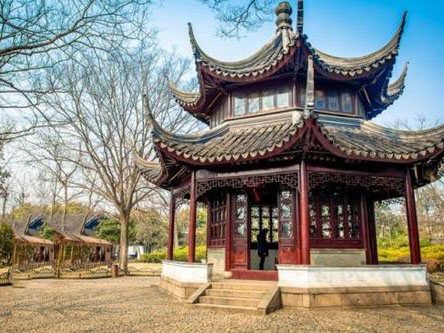 Garden. In the center of the hall is a screen decorated with A Panorama of Humble Administrator's Garden on the south side and Bamboo Painting on the north side.
Garden. In the center of the hall is a screen decorated with A Panorama of Humble Administrator's Garden on the south side and Bamboo Painting on the north side. Looking afar, it’s like a boat coming from lotuses. The entire building is composed of a small bridge, a platform, pavilions, attics, and towers. They are well-arranged to offer a fantastic view.
Looking afar, it’s like a boat coming from lotuses. The entire building is composed of a small bridge, a platform, pavilions, attics, and towers. They are well-arranged to offer a fantastic view.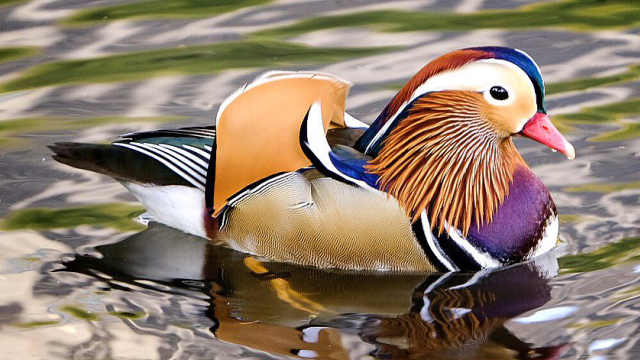 The northern hall is for summer, and the southern hall is for winter. The owner used to entertain people, enjoy operas, and meet guests here. Each corner has a small chamber that allows performers to change. Besides, the hall is decorated with white and blue glass windows in rhombic shape. It’s a pleasure to enjoy the sunshine coming through the windows.
The northern hall is for summer, and the southern hall is for winter. The owner used to entertain people, enjoy operas, and meet guests here. Each corner has a small chamber that allows performers to change. Besides, the hall is decorated with white and blue glass windows in rhombic shape. It’s a pleasure to enjoy the sunshine coming through the windows. 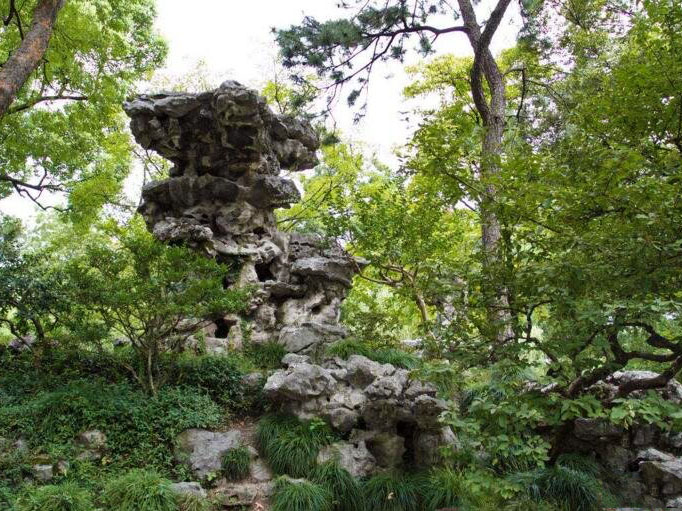 The garden puts on a different show with your steps moving. Some arrangements may seem irrelevant; their role is to provoke your interest in finding the poetic beauty of the garden.
The garden puts on a different show with your steps moving. Some arrangements may seem irrelevant; their role is to provoke your interest in finding the poetic beauty of the garden.Rain Listening Pavilion (Central Garden): It has a small pond in front and several banana trees in it. Just imagine sitting in the pavilion and creating poems and paintings while the raindrops on the banana leaves.
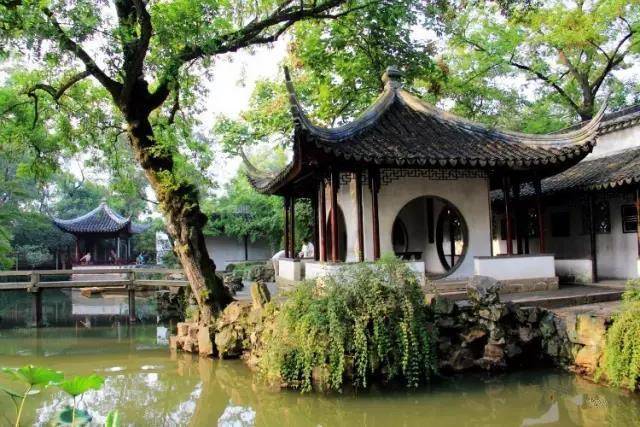 Using the water system as the medium, the Humble Administrator's Garden aligns everything perfectly, including the flowers, trees, hills, stones, and buildings.
Using the water system as the medium, the Humble Administrator's Garden aligns everything perfectly, including the flowers, trees, hills, stones, and buildings.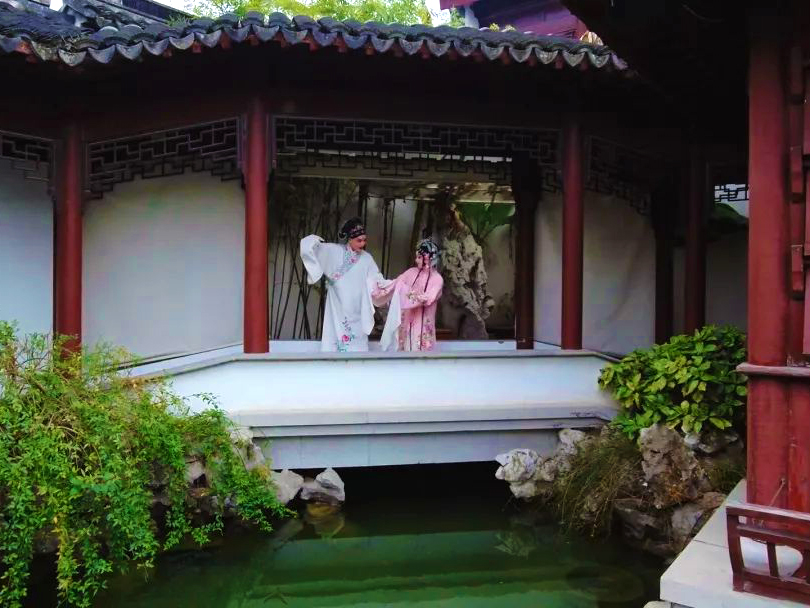
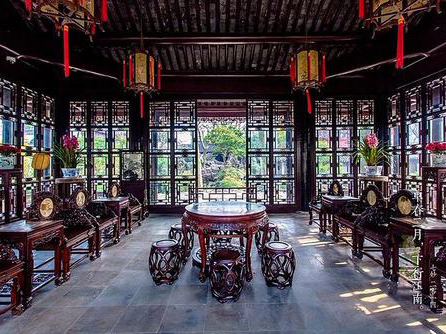 It has ever-green bamboos, pines, plum trees, banana trees, and lotus.
It has ever-green bamboos, pines, plum trees, banana trees, and lotus.2 Days Suzhou and Tongli Water Town Tour
6 days Shanghai -Suzhou - Hangzhou Trip
Copyright © 2019 Lily Sun China Tours International, Inc. Terms &conditions | Privacy Policy | Sitemap